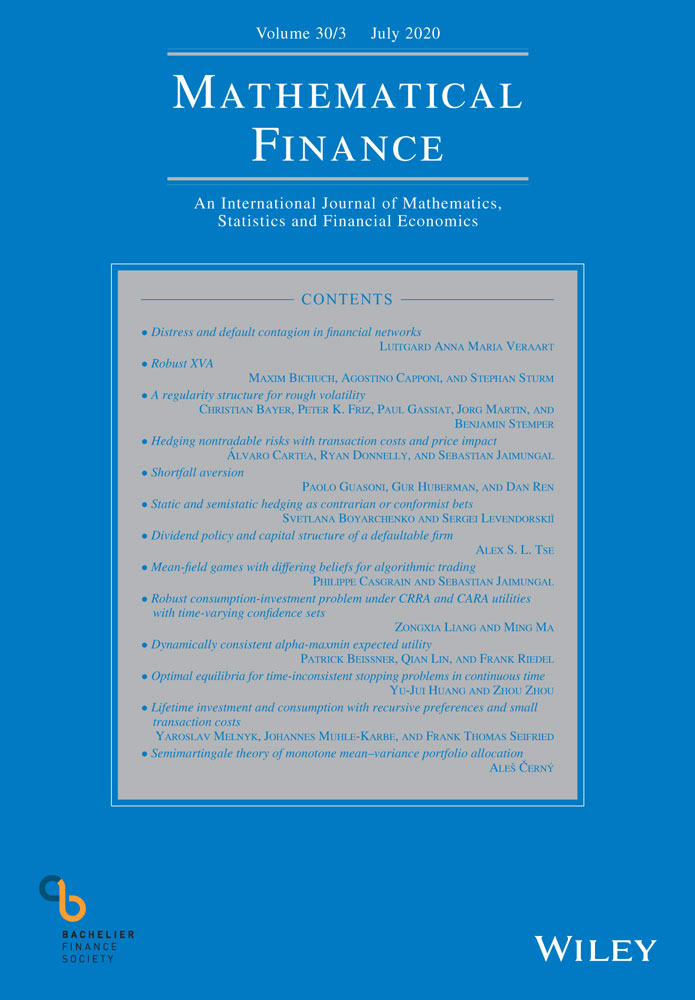Static and semistatic hedging as contrarian or conformist bets
The data that support the findings of this study are available from the corresponding author upon reasonable request.
Abstract
In this paper, we argue that, once the costs of maintaining the hedging portfolio are properly taken into account, semistatic portfolios should more properly be thought of as separate classes of derivatives, with nontrivial, model-dependent payoff structures. We derive new integral representations for payoffs of exotic European options in terms of payoffs of vanillas, different from the Carr–Madan representation, and suggest approximations of the idealized static hedging/replicating portfolio using vanillas available in the market. We study the dependence of the hedging error on a model used for pricing and show that the variance of the hedging errors of static hedging portfolios can be sizably larger than the errors of variance-minimizing portfolios. We explain why the exact semistatic hedging of barrier options is impossible for processes with jumps, and derive general formulas for variance-minimizing semistatic portfolios. We show that hedging using vanillas only leads to larger errors than hedging using vanillas and first touch digitals. In all cases, efficient calculations of the weights of the hedging portfolios are in the dual space using new efficient numerical methods for calculation of the Wiener–Hopf factors and Laplace–Fourier inversion.
CONFLICT OF INTEREST
The authors declare no conflict of interest.




